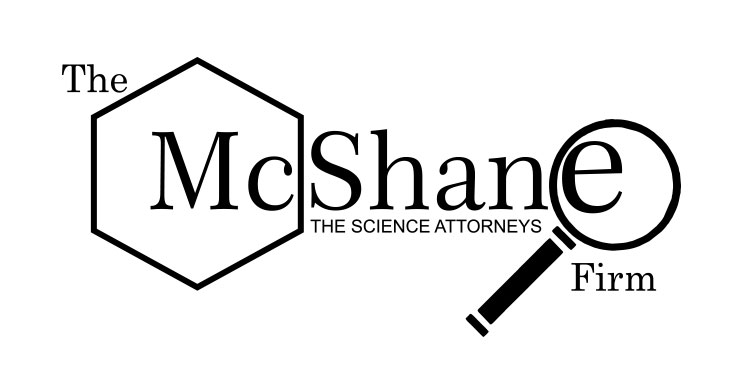I have blogged a lot on Blood Testing for DUI and specifically Gas Chromatography for alcohol (ETOH) or drugs of abuse testing used in DUI prosecutions. Some people ask: Justin, your posts are so hyper-technical, why do you post such detailed stuff? When you are facing a Pennsylvania DUI, possible consequences include jail time,…
read more »Category: DUI Science

When tall and skinny is always beautiful? Fundamental principles of gas chromatography
It is true. They say beauty is in the eye of the beholder. Every year they have the world’s ugliest dog contest where invariably the reporters report on this event and blast the picture of the world’s ugliest dog all over the internet. Invariably comments come from all across the world that the dog isn’t…
read more »
Defending DUI Drug Cases: Part 6 from PA DUI attorney Justin J. McShane
Pennsylvania DUI attorney Justin J. McShane, Esq. presents his lecture "Defending DUI Drug Cases" in Hartford, CT in December 2009. In Part 6: "Solid Dose Drug Testing," expert DUI Attorney McShane focuses on solid does drug testing, and explains why gas chromatography is the most accurate drug identification system, but oly if preformed properly. The…
read more »
How do they make the squiggly lines turn into a magic number: Area under the peak
One of the aspects of my job that I really enjoy is explaining the science of Blood Alcohol Concentration and/or reported levels of Drugs of Abuse to normal everyday folks, judges, jurors, prosecutors and even fellow attorneys. One of the most common questions I get asked is in the area of gas chromatography. Just yesterday…
read more »
Carryover effect part 3: Flushing of inert gas is not enough to prove there is no carryover
We have all heard of the "three second rule". Namely that if someone drops food on the floor that it is good and safe to eat if you are above to snatch it back up within three seconds. Sometimes we blow on it even to "get off the bacteria, germs and other stuff from the…
read more »
Defending DUI Drug Cases: Part 5 from PA DUI attorney Justin J. McShane
Pennsylvania DUI attorney Justin J. McShane, Esq. presents his lecture “Defending DUI Drug Cases” in Hartford, CT in December 2009. In Part 5: “Drug Testing Overview,” expert DUI Attorney McShane presents an overview the different types of DUI-D testing systems and the shortcomings of each. The McShane Firm is the premier DUI/DWI law firm in…
read more »
Internal standard the likely culprit for inaccurate BAC results
OK so you followed our recent series on the Carry-Over Effect problem that can lead to inaccurate Blood Alcohol Content results in the posts: A large problem in Gas Chromatography: No uniform standard for GC run position or composition The Carry-over Effect: Lack of Blanks between tests leads to false positive or inflated BAC results…
read more »
Carryover effect part Deux: Autodilution may be part of the problem for false blood results in DUI
Just recently I posted "The Carry-over Effect: Lack of Blanks between tests leads to false positive or inflated BAC results" where we discussed the carry-over effect in Blood testing in DUI cases. One of the possible places for carry-over effect is when an auto-pipetter is used in an autodiluter. Pennsylvania has some labs that in their…
read more »
Defending DUI Drug Cases: Part 4 from PA DUI attorney Justin J. McShane
Pennsylvania DUI attorney Justin J. McShane, Esq. presents his lecture "Defending DUI Drug Cases" in Hartford, CT in December 2009. In Part 4: "Dosage and Drug Response," expert DUI Attorney McShane explains the important roles of both the drug response curve and chronic dose sample error in successfully defending DUI-D cases. The McShane Firm is…
read more »
In analytical chemistry for ETOH and Drugs of Abuse determination, it is very true that the matrix is all around us but truly is ignored
Keanu Reeves in the movie The Matrix noted that the matrix is all around us, you just haven’t chosen to see it. He had no idea that his statement would hold true in analytical testing for ETOH and drugs of abuse testing in DUI prosecution as well. The matrix is the substrate form which we…
read more »